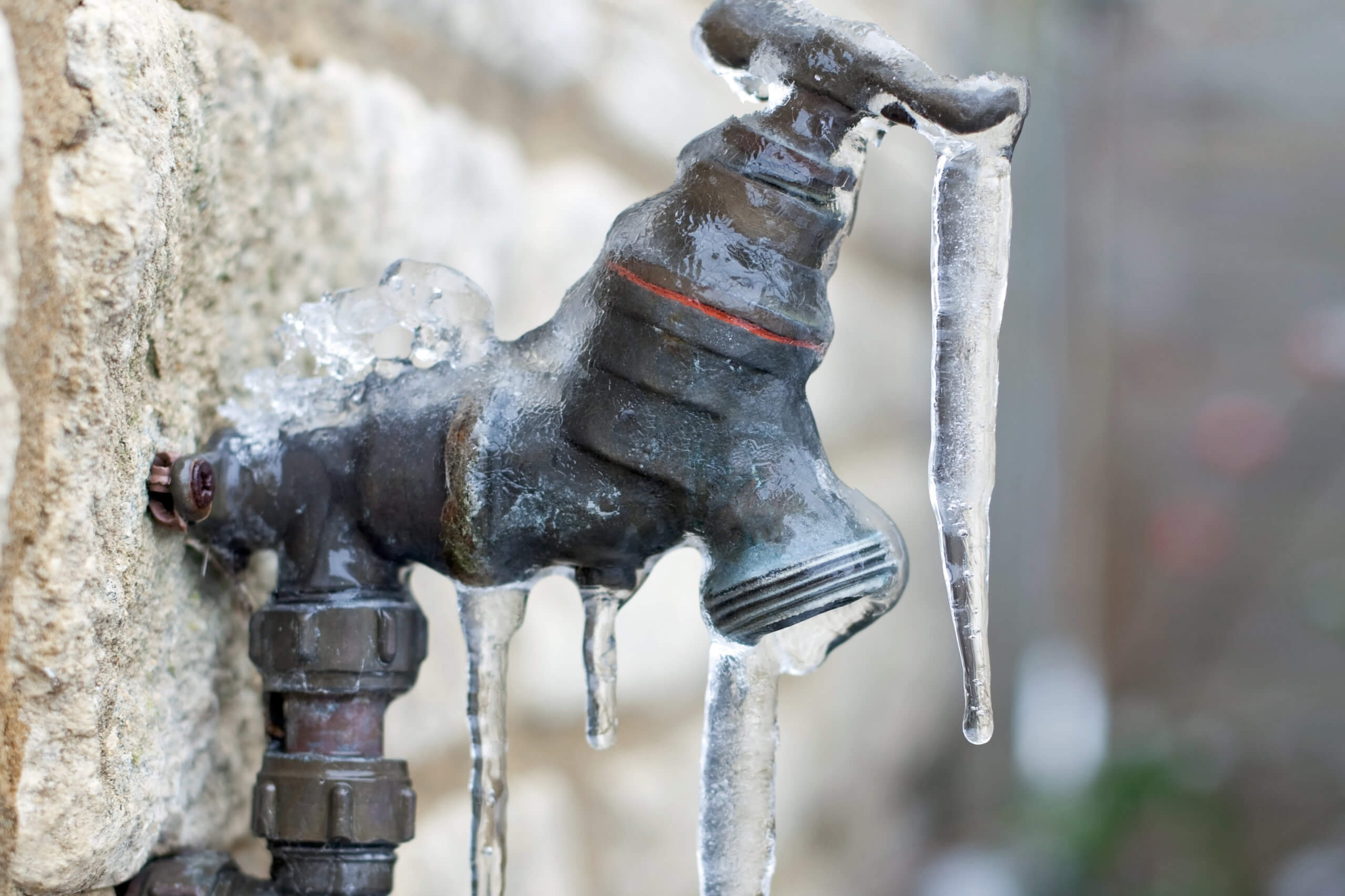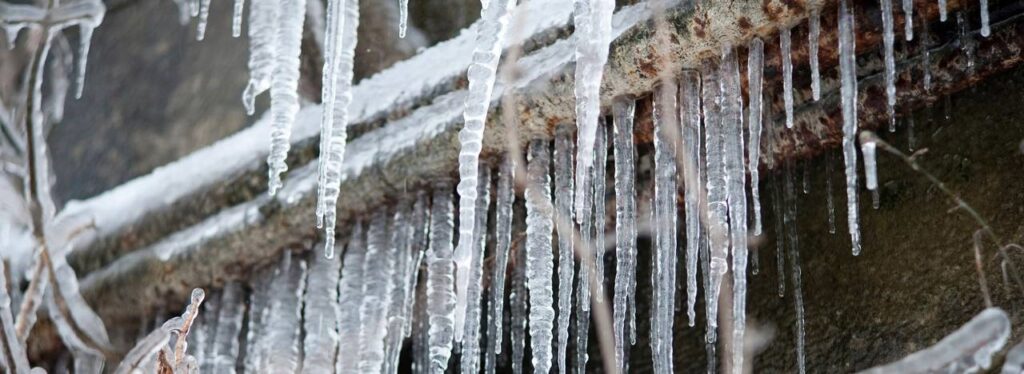Tips for Avoiding Frozen Plumbing in Winter: Specialist Insights
Tips for Avoiding Frozen Plumbing in Winter: Specialist Insights
Blog Article
Everyone will have their unique thinking with regards to 6 Ways to Prevent Frozen Pipes.

Cold weather can damage your pipes, specifically by freezing pipes. Here's exactly how to prevent it from taking place and what to do if it does.
Intro
As temperature levels decrease, the danger of icy pipes rises, potentially causing costly repair work and water damages. Recognizing just how to stop icy pipes is important for house owners in cold climates.
Understanding Icy Pipelines
What triggers pipes to ice up?
Pipes ice up when revealed to temperatures listed below 32 ° F (0 ° C) for prolonged periods. As water inside the pipelines ices up, it expands, putting pressure on the pipe wall surfaces and possibly creating them to break.
Threats and problems
Icy pipes can bring about water system disturbances, property damages, and pricey repairs. Ruptured pipes can flood homes and create considerable architectural damage.
Indications of Frozen Pipeline
Identifying icy pipes early can prevent them from rupturing.
How to recognize frozen pipelines
Search for lowered water flow from taps, unusual odors or noises from pipes, and noticeable frost on revealed pipelines.
Prevention Tips
Protecting at risk pipes
Cover pipes in insulation sleeves or utilize warmth tape to protect them from freezing temperature levels. Concentrate on pipelines in unheated or external areas of the home.
Heating techniques
Keep indoor areas adequately heated, especially areas with plumbing. Open cabinet doors to allow warm air to circulate around pipes under sinks.
Protecting Exterior Plumbing
Yard tubes and exterior taps
Detach and drain pipes yard pipes before winter season. Install frost-proof faucets or cover exterior faucets with protected caps.
What to Do If Your Pipes Freeze
Immediate actions to take
If you believe icy pipes, maintain faucets open to relieve stress as the ice thaws. Utilize a hairdryer or towels soaked in warm water to thaw pipelines slowly.
Long-Term Solutions
Structural modifications
Consider rerouting pipelines far from exterior walls or unheated areas. Include extra insulation to attic rooms, cellars, and crawl spaces.
Upgrading insulation
Purchase top quality insulation for pipelines, attics, and wall surfaces. Appropriate insulation aids preserve regular temperatures and lowers the threat of frozen pipes.
Verdict
Stopping frozen pipelines requires positive actions and quick feedbacks. By comprehending the causes, indicators, and safety nets, home owners can protect their plumbing throughout winter.
5 Ways to Prevent Frozen Pipes
Drain Outdoor Faucets and Disconnect Hoses
First, close the shut-off valve that controls the flow of water in the pipe to your outdoor faucet. Then, head outside to disconnect and drain your hose and open the outdoor faucet to allow the water to completely drain out of the line. Turn off the faucet when done. Finally, head back to the shut-off valve and drain the remaining water inside the pipe into a bucket or container. Additionally, if you have a home irrigation system, you should consider hiring an expert to clear the system of water each year.
Insulate Pipes
One of the best and most cost-effective methods for preventing frozen water pipes is to wrap your pipes with insulation. This is especially important for areas in your home that aren’t exposed to heat, such as an attic. We suggest using foam sleeves, which can typically be found at your local hardware store.
Keep Heat Running at 65
Your pipes are located inside your walls, and the temperature there is much colder than the rest of the house. To prevent your pipes from freezing, The Insurance Information Institute suggests that you keep your home heated to at least 65 degrees, even when traveling. You may want to invest in smart devices that can keep an eye on the temperature in your home while you’re away.
Leave Water Dripping
Moving water — even a small trickle — can prevent ice from forming inside your pipes. When freezing temps are imminent, start a drip of water from all faucets that serve exposed pipes. Leaving a few faucets running will also help relieve pressure inside the pipes and help prevent a rupture if the water inside freezes.
Open Cupboard Doors
Warm your kitchen and bathroom pipes by opening cupboards and vanities. You should also leave your interior doors ajar to help warm air circulate evenly throughout your home.

We had been shown that write-up about How to Prevent Your Pipes From Freezing through someone on another domain. Sharing is caring. Who knows, you might be helping someone out. Thanks a lot for being here. Kindly come visit our site back soon.
Click Here To Read More Report this page